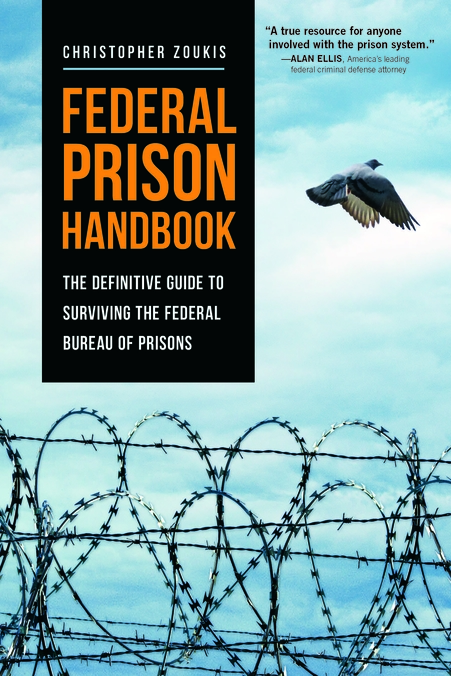Tenth Circuit: Unreasonable Determination of Downward Variance of Guidelines Resulted in Plain Error
by David M. Reutter
The U.S. Court of Appeals for the Tenth Circuit held that the U.S. District Court for the District of Wyoming committed plain error in applying the U.S. Sentencing Guidelines (“Guidelines”) by making an unreasonable determination in the downward variance it imposed.
Before the Court was the appeal of Connor Biggs Farley. He and his spouse Ray Lucero, together with an associate named Richard Willden, came under investigation in April 2019 by Wyoming authorities. Agents uncovered exchanges of child pornography by the three men, along with photo and video evidence of sexual abuse by Farley and Lucero. That evidence showed that Lucero and Farley sexually abused and took photos of Lucero’s nine-year-old nephew, sexually abused Farley’s one-year-old cousin, and sexually abused a five-year-old boy who had temporarily lived with Lucero and Farley.
Farley was indicted on May 21, 2020, for production, distribution, and possession of child pornography. He submitted a plea agreement he had reached with the Government to the district court. It provided that Farley would plead guilty to three of the charged counts of producing child pornography, one for each victim. In exchange, the Government agreed to a stipulated sentence of 20-to-40 years’ imprisonment. The district court accepted Farley’s guilty plea on December 14, 2020, and ordered a presentence investigation report (“PSR”).
The PSR calculated a combined offense level of 49 and a decrease for acceptance of responsibility. The Guidelines, however, provide for a maximum level of 43 and a Criminal History Category of II for the offense to which Farley pleaded to, which put him in a range of life in prison. The statutory maximum under 18 U.S.C. § 2251, however, is 30 years with a mandatory minimum of 15 years, so the PSR recommended a sentence of 30 years on each count to be run consecutively.
At the March 25, 2021, sentencing hearing, neither party objected to the PSR’s calculations, and both parties argued in favor of the opposite extremes of the lesser stipulated sentence. Farley presented mitigating factors and argued for a 20-year sentence. The Government relied upon those same mitigating factors, but it argued for the top of the agreement range of 40 years.
The district court rejected those arguments, stating that even a sentence of 40 years did not “respect each of the victims . . . in the context of the [15-year] mandatory sentences that are prescribed for the conduct at issue.” The court further said it “feels subject to the spirit of congressional statutes.… So in terms of the appropriate disposition of this case, you’ll vary downward six levels to a sentence that is still very lengthy.” The court then imposed 210 months in prison on each of the three counts to be served consecutively for a total of 630 months.
Farley appealed, raising two plain errors in the district court’s methodology for determining his sentence. First, he argued the district court erroneously interpreted federal law when it said that it was following the “spirit of congressional statutes” by applying consecutive sentences. However, the Court found no error in imposing consecutive sentences, for 18 U.S.C. § 3584 “explicitly empowers a sentencing court to order consecutive sentences instead of concurrent sentences, without imposing any limits on when the court may do so.” Thus, there was no error in the reasoning for running Farley’s sentences consecutively, the Court concluded.
The Court found plain error occurred by the district court using an unreasonable method to determine the sentence that it would apply to each count under the Guidelines. The district court expressed that the proposed 40-year sentence “would require it to depart ten levels from the PSR recommendation.” To reach the 210-month sentence on each count, the district court said it decided to “vary downward six levels.”
The Court, however, said that was error. To impose the 40-year sentence, the district court would only have to “vary downward one offense level, from 43 to 42, which corresponds to a sentencing range of 360-months (30 years) to-life on the guidelines range when paired with Mr. Farley’s criminal history category of II,” the Court wrote. “Thus, relying solely on the guidelines table, the court could have imposed a 40-year sentence by varying downward only one level and running the sentences concurrently. Likewise, the 630-month sentence required a downward variance of only one level, as it falls within the range of 360-months-to-life.” As such, the Court ruled that plain error occurred because the district court’s reasoning was unambiguously contradicted by the Guidelines table. See United States v. Brown, 316 F.3d 1151 (10th Cir. 2003) (“An error is plain if it is clear or obvious under current law.”).
The Court then concluded the error affected Farley’s substantial rights because there was reasonable probability that but for the error the outcome of the proceedings would have been different. The district court’s plain error in interpreting the extent of its variance and applying the sentencing table “acted as a limiting factor in how low it was willing to go with Mr. Farley’s sentence,” the Court stated. Thus, the Court ruled that a reasonable probability exists that the district court would have opted for a sentence below 630 months, had it used a “reasonable methodology to determine the variance.” The error could not stand because of the possibility of Farley receiving a lesser sentence. See Rosales-Mireles v. United States, 138 S. Ct. 1897 (2018).
Accordingly, the Court reversed and remanded for resentencing. See: United States v. Farley, 36 F.4th 1245 (10th Cir. 2022).
As a digital subscriber to Criminal Legal News, you can access full text and downloads for this and other premium content.
Already a subscriber? Login





